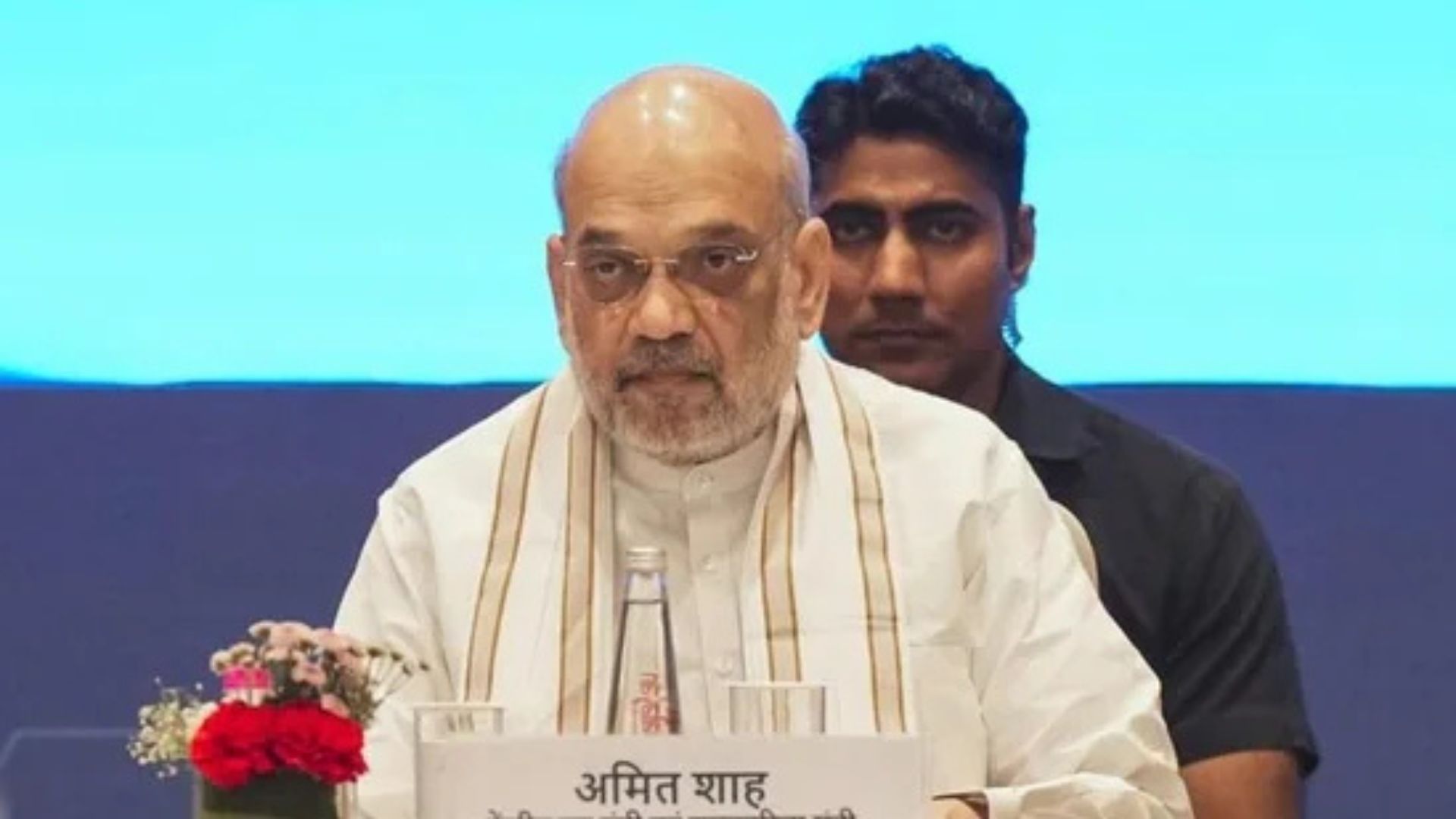
Let’s try to replicate the virtues reflected by ‘Maryada Purushottam’.
On January 22nd, 2024, millions’ long-awaited dream came true as the Ram Mandir in Ayodhya rose tall, a tribute to centuries of devotion and fervour. The building and incorporation of the temple under the Modi government’s auspices reflect a dramatic shift in India’s cultural landscape, following a long path marked by court disputes and societal upheavals. Beyond its religious importance, the Ram Mandir is a powerful symbol of identity, togetherness, and the country’s complex interaction of religion and politics. As the dust settles and the echoes of celebration fade, it is critical to investigate the consequences of this historic event, particularly in terms of cultural identity and its influence on current and future generations. This article aims to assess the impact of the Ram Mandir on India’s international image, focusing on both the cultural significance and the potential implications on secularism and religious harmony.
Historical Context
The Ram Mandir is said to have been destroyed by Babur in 1528 AD. This act was intended not merely to damage physical structures, but also to undermine the Hindu community’s feeling of identity and confidence. Attacking a place of worship cut to the heart of Hindu belief, tearing centuries-old bonds of faith and unity. The aftermath witnessed communal violence and profound scars, highlighting India’s fragile religious unity. The Ram Mandir’s emergence represents a robust response to misfortune, reclaiming holy space and reinforcing cultural identity. It represents a tenacious dedication to faith and a defiance of attempts to destroy it, evoking the strength of a people determined to maintain its legacy in the face of historical turbulence.
Cultural Significance
The construction of the Ram Mandir is significant culturally and religiously for Hindus in India. Lord Ram is regarded as a prominent character in Hindu mythology, with the temple serving as a symbol of faith and devotion. For millions of Hindus, the construction of the Ram Mandir fulfils a long-held dream and serves as confirmation of their religious beliefs. As a result, the temple’s completion has the potential to foster a stronger sense of belonging and solidarity among Hindus. However, it is critical to analyse how the world society views this cultural relevance. While some may value the preservation of religious history and freedom of worship, others may see it as merely religious and communal, thereby strengthening India’s dominant Hindu narrative. The world community, preoccupied with global religious conflicts, may question India’s commitment to secularism and religious plurality.
Implications on Secularism and Religious Harmony
India is a varied country with numerous faiths, dialects, and traditions. Its dedication to secularism and religious freedom has been a source of optimism for the international community. The construction of Ram Mandir runs the risk of weakening these beliefs, especially if it is viewed as a symbol of Hindu domination over other religious groups. As a secular democracy, India must guarantee that the temple is built without marginalising minority religious groups or perpetuating communal conflicts. The government must take aggressive steps to promote religious peace and reassure the world community that the construction of Ram Mandir does not indicate religious intolerance or prejudice.
International Perception
India’s foreign image is critical to its diplomatic and economic interactions. The construction of the Ram Mandir is certain to draw worldwide attention, and how the Indian government handles it will undoubtedly impact foreign perceptions. If the situation is handled with care, openness, and inclusion, India may demonstrate its democratic ideals and dedication to religious harmony. However, any perception of religious intolerance or communalism might have a bad impact on India’s worldwide reputation. The country’s status as a secular and pluralistic culture may be called into doubt, which might have an impact on international investment, tourism, and diplomatic ties.
Religious Harmony: Addressing Concerns of Secularism
The construction of the Ram Mandir raises important considerations about secularism in India. While it is a victory for Hindu feelings, questions regarding religious peace remain. It is critical to guarantee that the development does not alienate or marginalise other religious groups. Efforts must be made to encourage interfaith discussion and understanding while cultivating an environment of inclusion and mutual respect. The Ram Mandir should be a symbol of unity, not division, emphasising the secular principles enshrined in India’s constitution.
Inheritance of Cultural Legacy
As the Ram Mandir becomes a permanent landmark on the Ayodhya landscape, future generations will understand its importance. They will inherit not only a physical building, but also a cultural heritage that is profoundly ingrained in India’s history and culture. It is critical to teach students about the unique traditions and ideals linked with the Mandir, instilling pride and responsibility. Through education and preservation initiatives, we can ensure that the Ram Mandir’s cultural value is preserved for future generations.
Socio-Economic Ramifications: Effects on Communities and Development
The construction of the Ram Mandir at Ayodhya is more than just a religious endeavour; it has enormous socioeconomic repercussions. The flood of pilgrims and visitors is intended to stimulate local business and infrastructural development in the area. However, it is critical to limit any negative consequences, such as gentrification or displacement of local residents. Sustainable development methods must be followed to guarantee that benefits are dispersed evenly, therefore improving the socioeconomic position of all citizens. Ayodhya may become a paradigm for inclusive growth and prosperity by capitalising on the Ram Mandir’s cultural and economic potential.
Ram Mandir and India’s global Image
The building of the Ram Mandir has attracted interest not just in India but also throughout the world. It is seen as a reflection of India’s complex socio-religious dynamics and dedication to cultural preservation. While some praise it as a sign of religious resurgence, others question its ramifications for India’s secular fabric. Internationally, the Ram Mandir’s construction has sparked concerns about religious plurality and tolerance. India’s handling of this problem has an impact on its image as a secular democracy, as well as its worldwide status. Thus, the Ram Mandir has an impact beyond national borders, altering perceptions of India’s identity and values.
The construction of the Ram Mandir at Ayodhya holds great cultural importance for Hindus in India. While it represents their religious beliefs and ambitions, it is critical to consider the ramifications for India’s worldwide image. India must demonstrate its commitment to secularism, religious diversity, and unity to guarantee that the temple’s construction does not cause societal division or tarnish the country’s worldwide reputation. Only via proactive efforts and a transparent approach would India be able to dispel fears about religious intolerance and show itself as a progressive and inclusive society on a global scale.
Lord Ram is honoured as ‘Maryada Purushottam’ in Hindu mythology, representing the pinnacle of ethical behaviour and beliefs. His life acts as a beacon for millions, demonstrating the way of righteousness and purity. As we witness the completion of the Ram Mandir’s construction, let us not only rejoice the physical evidence of devotion, but also try to replicate the virtues reflected by ‘Maryada Purushottam’. Following in his footsteps allows us to aspire to live lives of virtue and goodwill, transcending religious barriers and encouraging social peace.
Alisha Verma an Assistant Professor of Law at Amity University Rajasthan; Kushal Kumar is a practicing advocate at Supreme Court of India; Senior Panel Counsel for Government of India in Delhi.














